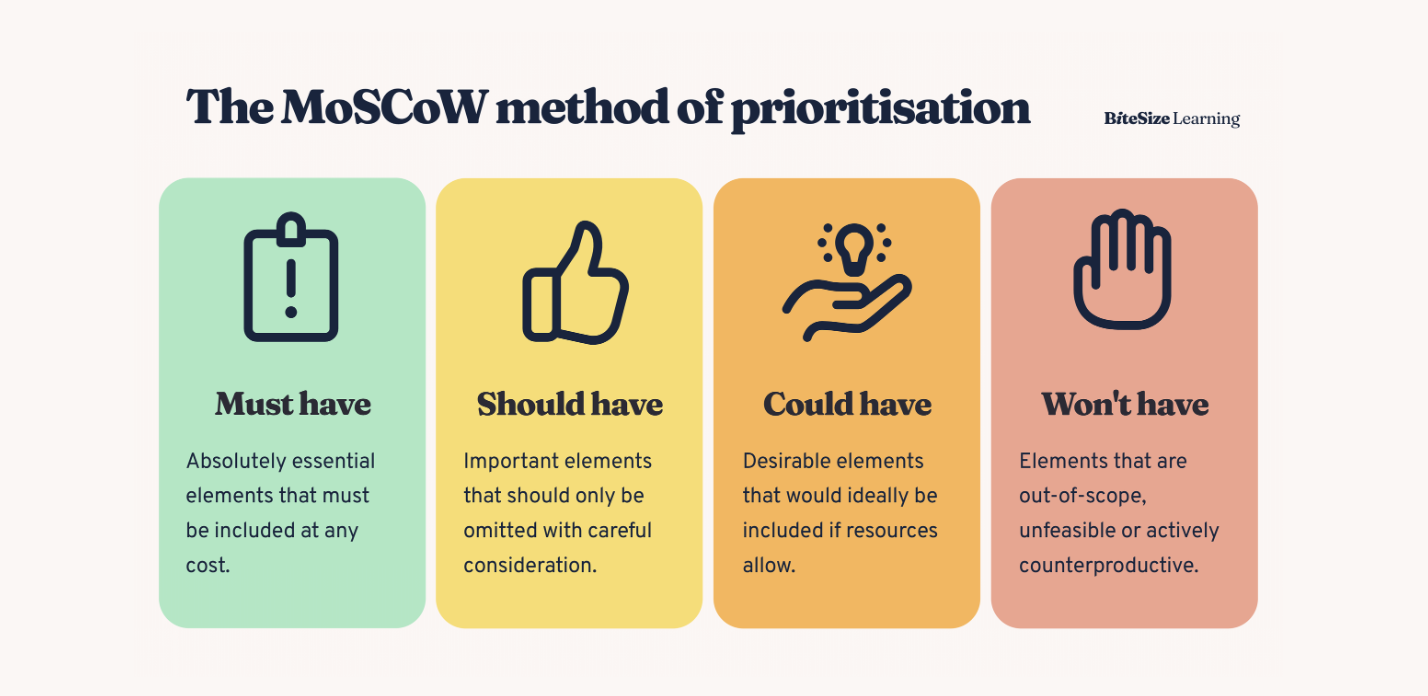Honey & Mumford’s learning styles, explained
Have you ever wondered why some people seem to enjoy learning different skills to others? The answer might lie in understanding your unique learning style.
Honey and Mumford's learning styles model offers a fascinating insight into how we process and retain information, and how we can leverage this knowledge to improve our learning experiences and performance at work.
The model, developed by Peter Honey and Alan Mumford, identifies four distinct learning styles: Activists, Reflectors, Theorists, and Pragmatists. Each style represents a different approach to learning, with its own strengths and weaknesses. By understanding your dominant learning style, you can tailor your learning experiences to suit your preferences and maximize your potential.
Honey & Mumford learning styles diagram
Honey & Mumford considered two drivers of learning style:
doing vs. observing, i.e: how much we like to learn from ‘giving it a go’ vs. learning outside of the task (whether by reflecting on our own activity, reading up on the subject, talking to others, or etc.)
thinking vs. feeling: i.e: how much we drive towards logical, structured solutions vs. embracing complexity and ambiguity
Putting four personas on this 2x2 matrix creates this easy-to-understand diagram:
Click image to enlarge. Click here to download – just link to BiteSize Learning if you use the graphic.
A few core points about this model are:
No style is ‘better’ than any other, though they both have their advantages and disadvantages – depending, especially, on what it is that needs to be learned
Typically our ‘default’ style is where we like to start, but as we become more well-rounded in a topic, we’ll learn in a variety of ways to deepen our understanding.
One easy illustration is if you’re learning some new piece of technology…
Do you read the entire user guide before you start? Theorist!
Do you read about all the features, and maybe see what people are saying about it online before you start? Check the reviews? Perhaps watch a few YouTube videos? Reflector!
Immediately start, closely following the step-by-step instructions as you go along? Pragmatist!
Immediately start and only look at the instructions if something doesn’t go right? Activist!
If you’re managing change or introducing a new process to people, it’s worth thinking about how your communication and roll-out plan can address all four of these learning styles.
Understanding the four Learning Styles
Theorists
These logical learners seek to understand the underlying principles and theories behind new ideas. They enjoy models, concepts, and systems thinking. Theorists excel at analyzing complex information, spotting patterns, and creating coherent explanations. They feel ‘ready to go’ once they’ve had an ‘a-ha!’ moment, and can boil a situation down to its core tenets.
They may struggle with ambiguity or situations that require a more intuitive approach. They don’t like to be thrown in the deep end, and are suspicious of claims that something “will all make sense once you’ve gotten started.” (If it makes that much sense, why isn’t anyone able to explain it?)
Reflectors
Reflectors excel in observing and reflecting on experiences – their own and others. Like Theorists, they prefer to start learning in ‘research mode’, but they’re more comfortable with messy qualitative data, stories, and other disparate sources of information, drawing out tacit connections themselves. They are less in a rush to ‘work out the perfect answer’ than Theorists, sometimes to a fault – they can be hesitant to draw firm conclusions.
Reflectors thrive in situations where they can take their time to think things through and work independently or in small groups. They may find it uncomfortable to make quick decisions or work under pressure.
Pragmatists
These practical learners focus on applying new knowledge to real-world situations. Like Theorists, they take a logical approach, but they are much more keen to put things into practice. Pragmatists are attracted to problem-solving tasks, mastering skills methodically, and seeking out structured knowledge that has a clear, tangible benefit.
They may find it challenging to engage with abstract concepts that don’t have an immediate application, or processes or affordances that don’t have a “right way” of doing things.
Activists
Activists thrive on new experiences and challenges. Like the Pragmatists, they are hands-on learners, but like the Reflectors, they’re less concerned with logical rigour, and embrace nuance and complexity. They aren’t deterred by a lack of formal guidance or detailed instructions – although neither are they quick to consult them when they do exist.
Activists are also at an advantage when it comes to highly practice-based learning where there’s no shortcut other than ‘getting in the reps.’ They're enthusiastic about new ideas, but need encouragement to pause, reflect and ‘join the dots’ from time to time.
These styles don’t only come into play during to ‘formal learning’, such as mastering a new skill – we’re also ‘learning’ when we’re getting to grips with anything new. Consider how each of the four styles might approach planning a vacation to an unfamiliar city, for example.
So if a team has to overcome a new, ambiguous problem at work, these styles will also drive each member’s approach to developing a successful creative solution. In this scenario, appreciating one another’s style, and playing to each others’ strengths, will be key to successful teamwork.
How managers can use the learning styles
As a people manager, understanding the learning styles of your team members can be really useful. By recognizing the unique ways in which each individual processes and retains information, you can tailor your management style to better support their growth and development.
For example:
when working with an Activist, you can provide opportunities for hands-on learning and allow them to take on new challenges
when managing a Reflector, you could offer time for independent research and analysis before making important decisions.
Theorists may appreciate structured brainstorming sessions and the chance to explore complex ideas
Pragmatists will thrive when given practical problems to solve and clear, tangible objectives.
On the other hand, you can also look to support the ‘weaker quadrant’ for any given employee. For instance, that might involve giving Reflectors and Theorists confidence that they don’t need ‘all the answers’ to start putting their knowledge into practice, encouraging Activists to take a breath and reflect on what they’ve learned so far, or giving Pragmatists ‘permission’ to get a little more experimental.
By adapting your approach to suit the learning preferences of your team members, you can create a more engaging and productive work environment. This can lead to increased job satisfaction, better performance, and a more cohesive team dynamic.
Additionally, by encouraging your team members to understand their own learning styles, you can empower them to take ownership of their professional development and seek out learning opportunities that suit their preferences.
For learning & development professionals
For Learning and Development professionals, understanding learning styles is essential for designing effective training programs and learning experiences. By recognizing that individuals have different preferences for processing and retaining information, L&D professionals can create a more inclusive and engaging learning environment.
When designing training programs, L&D professionals can incorporate a mix of learning activities that cater to different learning styles. This might include group discussions and hands-on activities for Activists, independent research tasks and reflection exercises for Reflectors, theoretical explorations and models for Theorists, and practical applications and problem-solving tasks for Pragmatists.
By providing a diverse range of learning experiences, L&D professionals can ensure that all participants have the opportunity to engage with the material in a way that suits their preferences. This can lead to better knowledge retention, increased motivation, and more effective skill development.
Related links
The Merrill Social Styles framework contains four personality types that bear a strong resemblance to each learning style
Belbin’s Nine Team Roles also corresponds to some of these traits










